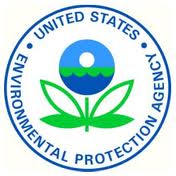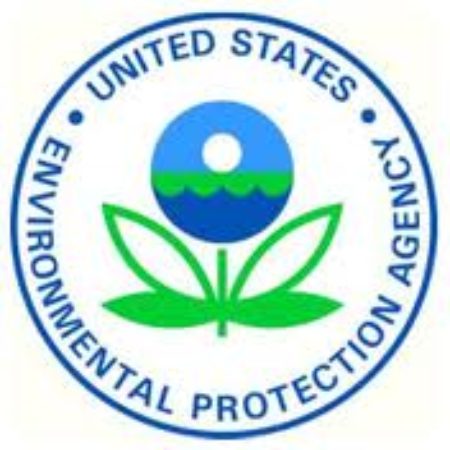
EPA Administrator Gina McCarthy has been forceful in claiming EPA’s definition of “waters of the United States” is merely a clarification and not an expansion of EPA’s authority.You can decide whether EPA is expanding its jurisdiction.
EPA further claims it is reducing confusion and reducing transaction costs for the regulated community and government agencies.
“Adjacent waters” is one of the nine definitions of waters of the United States. The proposed regulatory document claims EPA and the Corps of Engineers propose “…to revise the existing jurisdictional category of “adjacent wetlands” which currently limits consideration to only wetlands, to include “adjacent ‘waters'”. EPA believes there is no expansion of its jurisdiction under the Clean Water Act when it changes from “adjacent wetlands” to “adjacent waters”. EPA claims that in addition to wetlands it would like to include “…other water bodies that meet the proposed definition of adjacent including ‘neighboring.'”
Further evidence on how the government’s proposed rules would amp up control over your land.
EPA says, “Adjacent waters are integrally linked to the chemical, physical, or biological functions of… water bodies to which they are adjacent.” Got that?
Merriam-Webster dictionary defines “adjacent” as “not distant; having a common end point or border or immediately preceding or following”. Nothing in this definition mentions being integrally linked.
EPA further claims “adjacent waters” are “…wetlands, ponds, lakes, and similar water bodies that provide similar functions which have a significant nexus to traditional navigable waters, interstate waters, and the territorial seas.” EPA says it is including adjacent waters because there is a collective body of scientific literature, technical knowledge, and practical expertise, which addresses connectivity and ecological interactions.
This position by EPA seems to argue that all parts of ecosystems are connected, so the only question remaining is how much of a connection does one need… to create a connection.
Some argue that EPA is using this language to regulate isolated prairie potholes. The ecological connection would be that smaller potholes in North and South Dakota are the first to thaw in spring and are therefore critical in providing food and habitat for migratory birds. EPA seems to be arguing that it can use birds and amphibians movements from water body to water body to prove an ecological connection.
EPA’s new definition of “adjacent,” for the first time, defines the term neighboring waters. (Any
expansion here?) EPA and the Corps claim the definition of neighboring “…captures those waters that in practice the agencies have identified as having a significant affect on the- physical, biological integrity of traditional navigable waters, interstate waters, or the territorial seas.”
EPA and the Corps further define neighboring “…as including waters located within the riparian area or flood plain of a water…or waters with a confined surface or shallow subsurface hydrologic connection to such a jurisdictional water.”
At this point I am sure your head is spinning!
EPA claims it can use the element of reasonable proximity to inform itself on whether there is a significant relationship between water bodies.
It also asks for comment on whether EPA should continue using its “best professional judgment” for determining whether a particular water is connected through a confined surface or shallow subsurface hydrologic connection.
EPA then spends several pages discussing whether shallow subsurface hydrologic connections can be found and concludes that if there is, shallow subsurface connections shall be subject to EPA jurisdiction. It does claim however, that deep groundwater connections do no satisfy the requirement for adjacency.
EPA and the Corps of Engineers claim that “adjacent waters” are to be jurisdictional by rule. They claim this jurisdiction is supported “…by the substantial chemical, physical, and biological relationship between adjacent waters, alone or in combination with similarly situated waters.”
The conclusion of this rulemaking is that all “adjacent waters” have a significant nexus with traditional navigable waters.
It seems clear that the EPA Administrator is expanding her agency’s jurisdiction over water in the United States and your property.
(This article first ran in Farm Futures)







